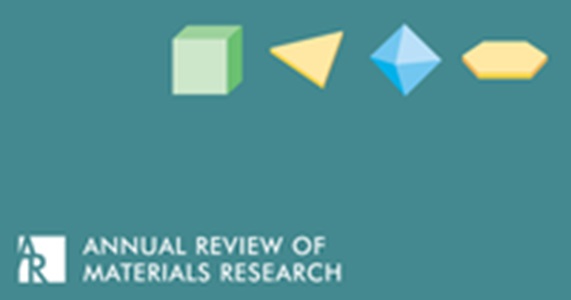Biomineralized Materials for Sustainable and Durable Construction
IF 10.4
2区 材料科学
Q1 MATERIALS SCIENCE, MULTIDISCIPLINARY
引用次数: 10
Abstract
Portland cement concrete, the most used manufactured material in the world, is a significant contributor to anthropogenic carbon dioxide (CO2) emissions. While strategies such as point-source CO2 capture, renewable fuels, alternative cements, and supplementary cementitious materials can yield substantial reductions in cement-related CO2 emissions, emerging biocement technologies based on the mechanisms of microbial biomineralization have the potential to radically transform the industry. In this work, we present a review and meta-analysis of the field of biomineralized building materials and their potential to improve the sustainability and durability of civil infrastructure. First, we review the mechanisms of microbial biomineralization, which underpin our discussion of current and emerging biomineralized material technologies and their applications within the construction industry. We conclude by highlighting the technical, economic, and environmental challenges that must be addressed before new, innovative biomineralized material technologies can scale beyond the laboratory.可持续和耐用建筑的生物矿化材料
波特兰水泥混凝土是世界上使用最多的制造材料,是人为二氧化碳(CO2)排放的重要贡献者。虽然诸如点源二氧化碳捕获、可再生燃料、替代水泥和补充水泥材料等策略可以大幅减少与水泥相关的二氧化碳排放,但基于微生物生物矿化机制的新兴生物水泥技术有可能从根本上改变该行业。在这项工作中,我们对生物矿化建筑材料及其改善民用基础设施可持续性和耐久性的潜力进行了回顾和荟萃分析。首先,我们回顾了微生物生物矿化的机制,这是我们对当前和新兴生物矿化材料技术及其在建筑行业中的应用的讨论的基础。最后,我们强调了在新的、创新的生物矿化材料技术能够扩展到实验室之外之前必须解决的技术、经济和环境挑战。
本文章由计算机程序翻译,如有差异,请以英文原文为准。
求助全文
约1分钟内获得全文
求助全文
来源期刊

Annual Review of Materials Research
工程技术-材料科学:综合
CiteScore
17.70
自引率
1.00%
发文量
21
期刊介绍:
The Annual Review of Materials Research, published since 1971, is a journal that covers significant developments in the field of materials research. It includes original methodologies, materials phenomena, material systems, and special keynote topics. The current volume of the journal has been converted from gated to open access through Annual Reviews' Subscribe to Open program, with all articles published under a CC BY license. The journal defines its scope as encompassing significant developments in materials science, including methodologies for studying materials and materials phenomena. It is indexed and abstracted in various databases, such as Scopus, Science Citation Index Expanded, Civil Engineering Abstracts, INSPEC, and Academic Search, among others.
 求助内容:
求助内容: 应助结果提醒方式:
应助结果提醒方式:


